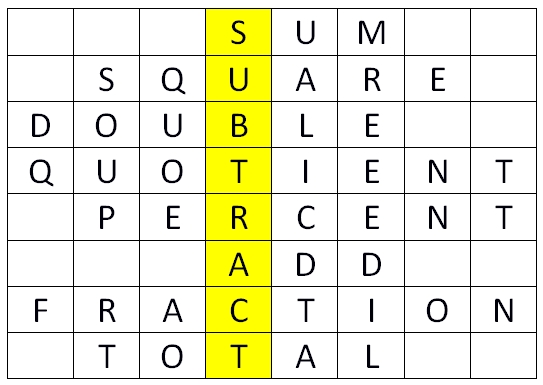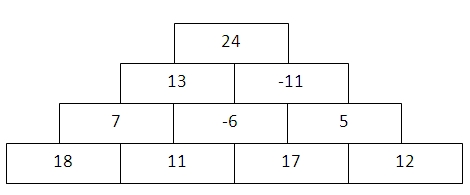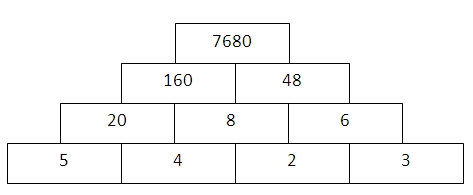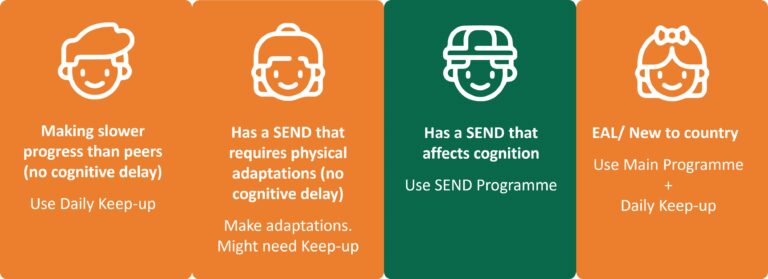Activity 1: Grid Tables Practice
Suitable for: Year 2 to Year 6
Learning Focus: To be able to recall and use tables facts
Used for years by teachers, all you have to do is print off a few square grids – choose 4 x 4 for the younger or less able pupils, up to 8 x 8 for the older and write the tables you want to test down one side and the multipliers in a mixed order across the top. It’s a great filler or as a homework challenge, especially if you ask the pupils to time themselves. You can use them for division facts as well by including the answer but only one of the multipliers. Here’s an example…
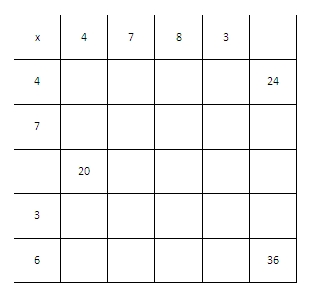 Activity 2: Vocabulary crosswords
Activity 2: Vocabulary crosswords
Suitable for: Year 2 to Year 6
Learning Focus: To be able to recall mathematical terms and their meaning
Sometimes it’s hard to get pupils to revise and remember mathematical terms but by including them in a crossword, you’ll make it more fun for them. There are dozens of options including number functions, 2D and 3D shapes. You can do them in standard crossword grids or perhaps try the following ‘Find the missing word’ approach…
Activity 3: Sudoku
Suitable for: Year 5 and Year 6
Learning Focus: To be able to reason about numbers
To work methodically
Sudoku puzzles are a great way of getting pupils to think about numbers and to work in a logical way. There are so many websites with Sudoku puzzles for children but one of the best is the NRICH website where you’ll find many different forms of Sudoku including ones that test the four rules too. www.nrich.maths.org. The puzzles are a great time filler but also worth using where you want pupils to reason about numbers and develop logical thinking or working methodically.
Activity 4: Number Walls
Suitable for: Year 3 to Year 6
Learning Focus: To be able to reason about numbers
To be able to work methodically
Number walls are an old favourite but are generally used simply for addition and subtraction. Their use can be extended to other operations too although sometimes larger walls can get complicated and need a calculator. They too are great to help pupils with reasoning about numbers, especially when you skip a layer in the wall. Here are some examples but it’s easy to make your own to fit the number work you want them to practise.
A simple addition number wall:
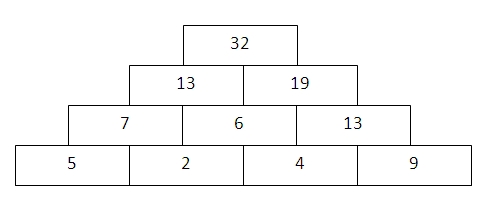 This one helps reasoning with negative numbers:
This one helps reasoning with negative numbers:
